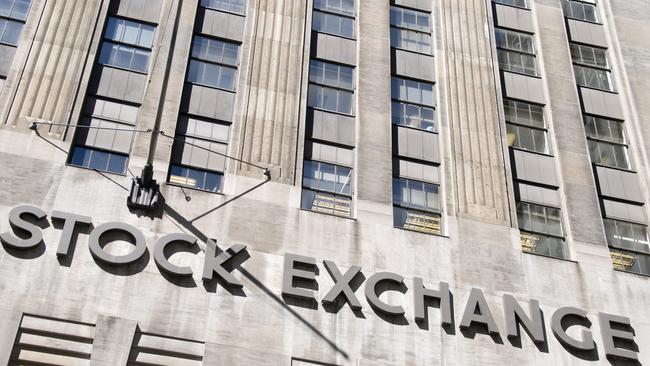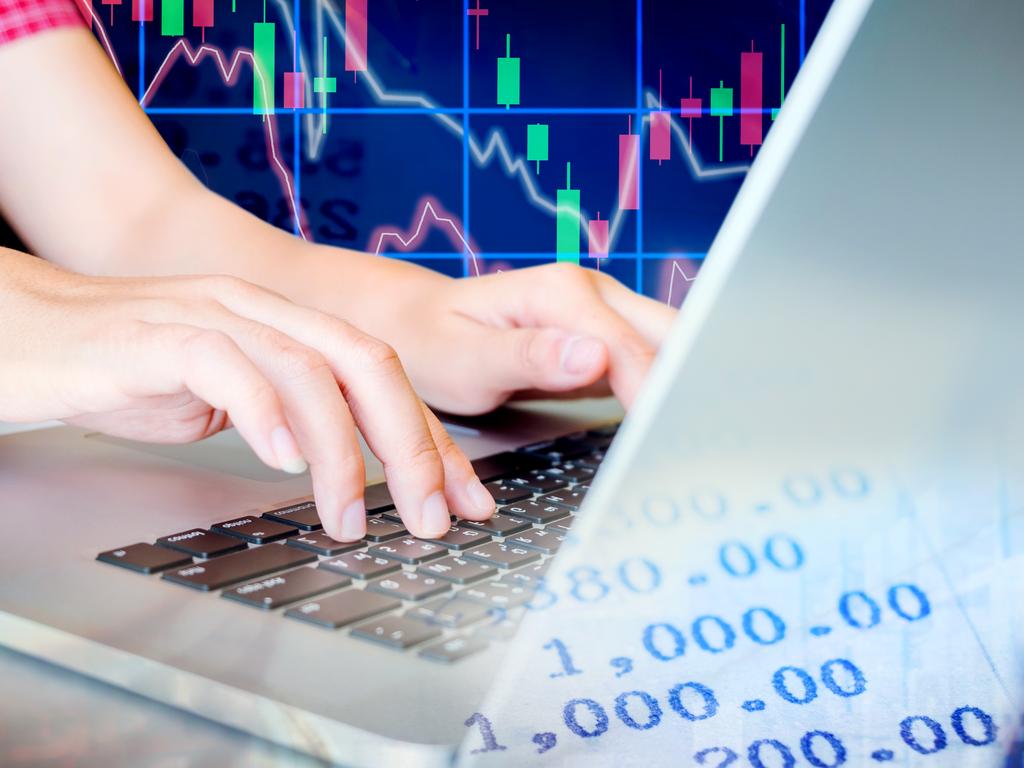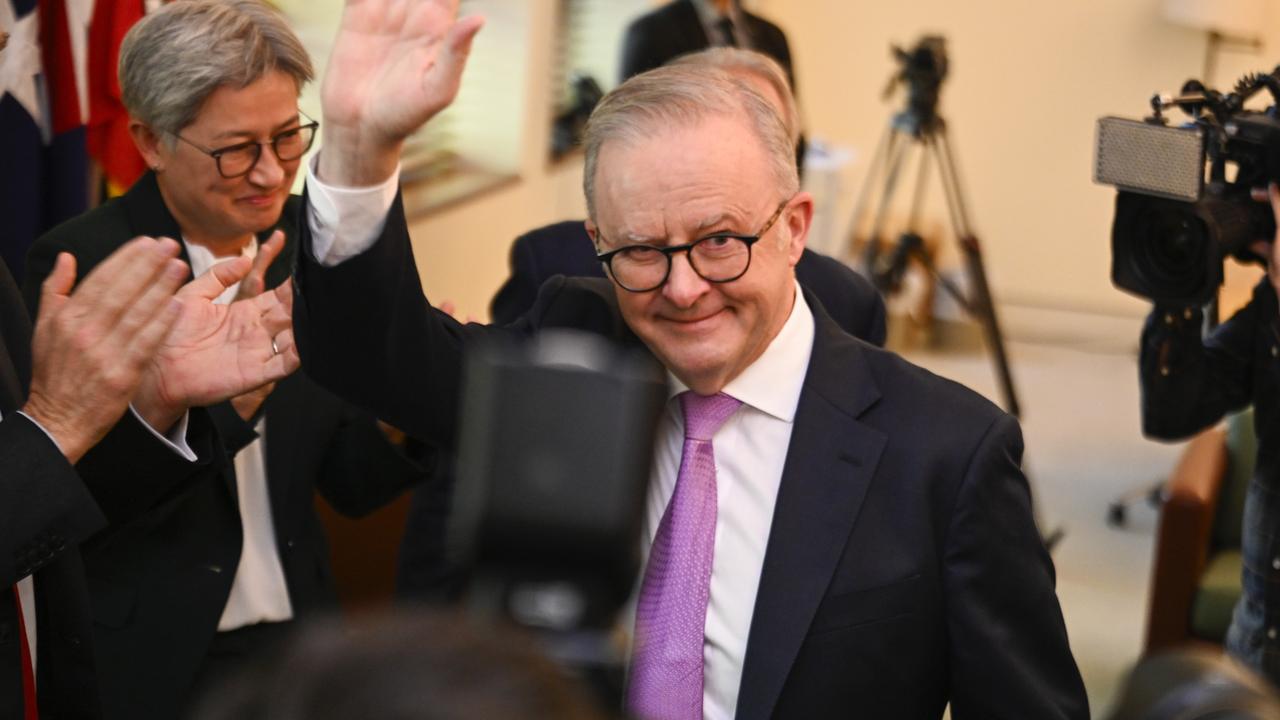There is always time to get your asset allocation right for the long term

I believe it will take some time until the full effect of the virus and the meaning of the subsequent lockdown of both people and the economy will be realised.
However long this plays out and however deep the impacts, we need to look at the here and now: Specifically, how do we position portfolios in the new environment?
At times like these, it makes sense to take a step back to look at the new environment. We must first accept that the landing point where we come out of this crisis will be lower than where we stepped off.
Underlying asset valuations and credit quality are important to consider but asset allocation is the key investors should look at when they take into account the risks: Your individual approach should be in line with asset allocation parameters. Balancing risk, when markets are out of line with valuations will achieve the best results.
I would also say that the full economic effect of this downturn has not yet been properly considered by markets. While markets are always forward looking, I believe they are underestimating the depth and width of the so-called valley we need to cross.
Heuristic Investment Services has tried to put some clarity on this by looking at Earnings per share scenarios. Factor in a further -25 per cent on EPS this calendar year (on top of -20 per cent estimated already) and a 20 per cent recovery in 2021, and the Equity Risk Premium or ERP would be 6.5 per cent.
(The equity risk premium is the return in excess of the risk-free rate of return an investment in shares is expected to yield; the risk premium is a form of compensation for investors who tolerate the extra risk on shares compared to government-guaranteed bank deposits).
To achieve a 7 per cent ERP the US S&P500 would have to fall to 2400-2500 – it is currently near 2970.
Testing the lows
Markets may or may not test previous lows. However, it is important to invest with the knowledge of managing the risk rather than speculating because a price has fallen where the risk could still well be balanced still further towards the downside.
In other words if you are going to buy into this market then Buy with the knowledge of where earnings could be positioned and the effects of the crisis on the wider environment.
Heuristic points out that there has been approximately $US8 trillion ($12.2 trillion) in fiscal stimulus announced in response to the coronavirus, equivalent to 10 per cent of global GDP. Around 3.5 per cent of GDP is “above the line” spending concentrated in the current six-month period.
To put this in context, during the financial crisis, the G20 spent around 4.3 per cent of GDP but over a three-year period.
Central bank balance sheets this time around are expanding at least as quickly and by as much as in the financial crisis.
Heuristic suggests that government and corporations through fiscal and balance sheet measures must make up for the lack of interest rate cuts which have been around 1 per cent on average as opposed to 5 per cent during the GFC.
Action and risk
But with this action will come risk. Two examples are the presence of helicopter money and deficit monetisation or the central bank purchase of government bonds to finance the spending needs of the government.
With these we have also seen the unsustainable levels of government debt globally and the move towards modern monetary theory or MMT.
MMT challenges the fundamental way we think, about money, an economy and how an economy works.
At the basic level, fiscal policy is used to reduce idle capacity while spending is used to target full employment. When we are faced with this approach to printing money, deficits become irrelevant.
I would therefore argue that the only way to erode this debt burden, which goes hand-in-hand with MMT is to inflate this away. As someone far wiser than me once said with respect to the talk of the emergence of inflation, “be careful what you wish for”.
London- asked Capital Economics is forecasting a 5.5 per cent contraction in global GDP this year, far bigger than the 0.5 per cent fall seen during the Global Financial Crisis”. They are also forecasting an 8.0 per cent contraction in Australian GDP in 2020. At the same time, they see a bounce back in 2021 to 8.0 per cent GDP growth globally and 7.8 per cent in Australia.
Having a strategy built around diversification will have cushioned the overall market effects of this crisis. Given the above predictions, ensure you do have a strategy and keep your nerve. Above all, remember that investing is a patience game!
Will Hamilton is the managing partner of Hamilton Wealth Partners a Melbourne-based wealth manager.
will.hamilton@hamiltonwealth.com.au







If we accept the worst phase of the pandemic crisis is over then the issue for investors is how do we move from here.